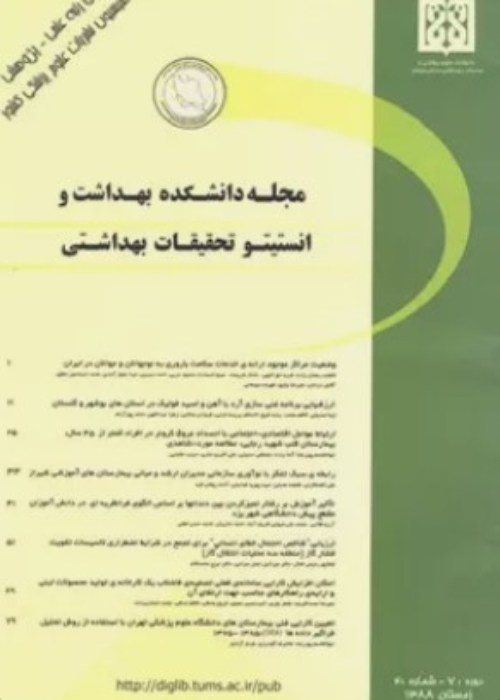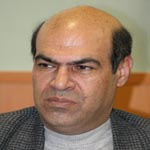POSTOPERATIVE SURVIVAL IN GASTRIC CANCER PATIENTS AND ITS RELATED FACTORS
Author(s):
Abstract:
In recent years the patterns of mortality have changed in Iran, and cancers are playing a greater role in this regard in this country. Various reports indicate that gastric cancer is highly prevalent; it is the second most common cancer in men, and fourth in the general population. The purpose of this study was to determine the five-year survival rate of gastric cancer patients who had undergone surgical treatment at one of the most important cancer treatment centers, the Iran Cancer Institute, and to assess its associated factors. Three hundred and 30 patients with gastric cancer who had been admitted to and operated on at the Iran Cancer Institute between January 1996 and April 2000 were enrolled in this study. The patients’ life expectancy after surgery was determined, and its relationship with variables of age at the time of surgery, gender, and factors related to the disease such as the cancer site, pathologic type, stage, presence of metastasis, and sites of metastases were assessed. The five-year survival rate and the median life expectancy in the studied patients were 23.6% and 19.90 months, respectively. Univariate analysis showed that gender, cancer site, and pathologic type did not affect life expectancy significantly. But the five-year survival rate significantly decreases with age. As expected, those involved with metastasis had a significantly lower five-year survival rate, and the disease stage significantly affected the patients’ life expectancy (P<0.001). The Cox proportional hazards model was used to assess the effect of different variables simultaneously, and it showed that age, distance metastasis, and disease stage influenced the rate of survival. Gastric cancer patients in Iran have a low five-year survival rate. One of the most important reasons seems to be delayed consultation and diagnosis. Most patients are seen first with the disease in the late stages. At this point, most have lymph node and liver metastasis which makes treatment even more complex. Thus, it is necessary to employ mass media for extensive public education about the early warning signs of the disease and performing periodic examinations.
Language:
Persian
Published:
Scientific Journal of School of Public Health and Institute of Public Health Research, Volume:3 Issue: 4, 2006
Page:
3
magiran.com/p480960
دانلود و مطالعه متن این مقاله با یکی از روشهای زیر امکان پذیر است:
اشتراک شخصی
با عضویت و پرداخت آنلاین حق اشتراک یکساله به مبلغ 1,390,000ريال میتوانید 70 عنوان مطلب دانلود کنید!
اشتراک سازمانی
به کتابخانه دانشگاه یا محل کار خود پیشنهاد کنید تا اشتراک سازمانی این پایگاه را برای دسترسی نامحدود همه کاربران به متن مطالب تهیه نمایند!
توجه!
- حق عضویت دریافتی صرف حمایت از نشریات عضو و نگهداری، تکمیل و توسعه مگیران میشود.
- پرداخت حق اشتراک و دانلود مقالات اجازه بازنشر آن در سایر رسانههای چاپی و دیجیتال را به کاربر نمیدهد.
In order to view content subscription is required
Personal subscription
Subscribe magiran.com for 70 € euros via PayPal and download 70 articles during a year.
Organization subscription
Please contact us to subscribe your university or library for unlimited access!



